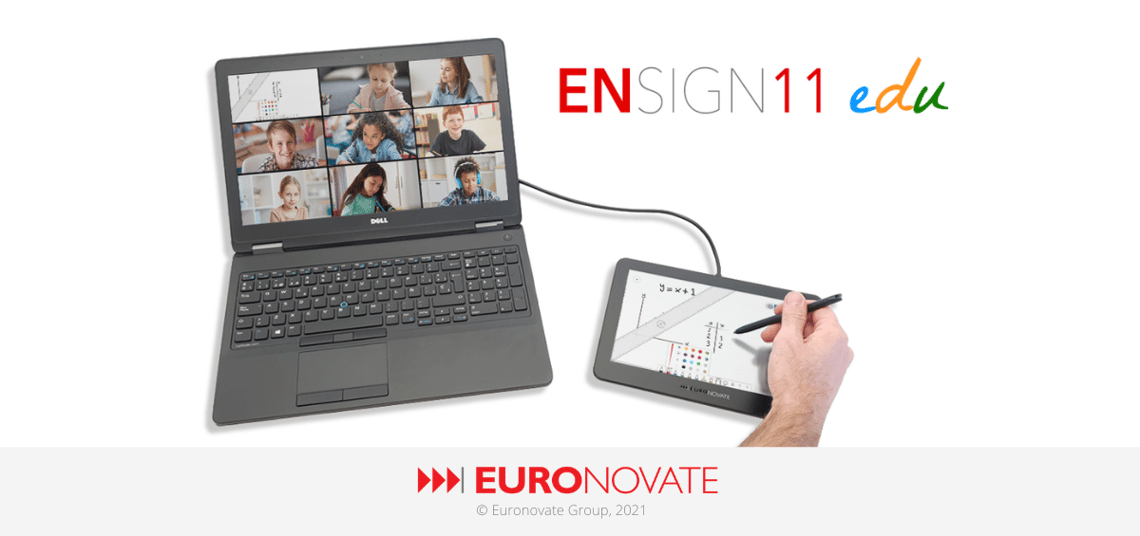The rise of e-Learning after Covid-19
Almost a year after the Covid-19 crisis has begun, a part of the education sector industry restarted to recover and began to have lessons at school trying to get back to normal, another part, instead, is continuing with remote education. The education system, teachers, and students have to embrace Digital Education and find new teaching and learning approaches, tools, and classrooms to ensure continuity in school lessons avoiding total collapse.
Remote education has proven to be the solution to bridge this gap. The goal of e-learning and e-teaching was to keep the school system going on without too many changes. The education industry's top priority was to ensure normality and to carry out daily lessons, which has been possible only by adopting new teaching methods that allow educational institutions to reach their students at home. Through digital platforms such as videoconferencing, digital tablets, and virtual new virtual classrooms allow for sharing e-learning material.
Technology as a key role in supporting Education
Blended Learning refers to the combination of face-to-face training (with teachers in a classroom) and online education (courses over the Internet or other digital formats). Blended Learning is, therefore, a hybrid system of learning that mixes these two systems. For this new model of education based on the digital field.
Technology has shown to play two leading roles in education. On the one hand, it acts as an advanced tool to improve the quality of education:
- Accelerate administration by reducing costs and resources
- Streamlines the management of student documents
- Create dynamism and interactivity during the lessons making them more enjoyable and useful for students, especially for digital natives.
On the other hand, technology, especially in the pandemic, has proven to be a lifeline, enabling the continuity of educational activity at a critical time when social distancing and consequently confinement have been necessary to safeguard people's health. There have been many applications of technology and digital solutions in school activities, for example: Through digital institutional platforms where interaction between teachers and students is possible, teachers can upload school material in digital format, lesson slides, open sections for Online exam registration, upload scores in real-time. Students can have access to all files, digital documents, without having to go to the classroom, see and update the status of payment of school fees. In general, they can access all the school’s services digitally in a way fast and effortless.
Remote lessons and exams can be done through video conferencing tools, allowing teachers to interact virtually with the digital classroom, checking that the classes are followed and that remote written, or oral exams are not copied or compromised. During exams, teachers ask students to prove their identity with an identification document to verify the exam’s legality as if it were in the classroom. These examples demonstrate how digital innovation has helped educational institutions and their stakeholders. Although the integration of technology in daily tasks has been a challenge for everyone, thanks to the potential of these technological tools, it has been possible to guarantee a level playing field for all students and institutions. The role of technology in education is to make it easier, enjoyable and accessible from everywhere.
New Digital Education Plan (2021-2027)
European Commission, on the perspective of change and innovation of the Education Industry in the digital age, has redefined a new Digital Education Action Plan that covers the period from 2021 to 2027 which highlights a specific topic: “Resetting education and training for the digital age”. Based on a post-covid-19 analysis that highlights the key role of technology as a promoter of this sector, the objective of this plan is to increase technological participation, improve the quality of digital education, make it more inclusive and accessible at the European. The blended education model is already a reality and in the same way in the business environment digital and analogue are already understood as one, now it is the turn of education.
The digital education action plan has two main strategic objectives:
1. Promoting the development of a high-performing digital education ecosystem which requires:
- A better infrastructure, connectivity and digital equipment
- An effective digital capacity planning and development
- Teachers and training staff more digitally competent and confident
- High-quality learning content, user-friendly tools and secure platforms which respect privacy and ethical standards
2. Enhancing basic digital skills for digital education transformation:
- Basic digital skills include digital literacy, computing education, good knowledge and understanding of data-intensive technologies like Artificial Intelligence (AI)
Euronovate supports Education with ENSign11 edu
In Euronovate we provide ENSign11 edu, a digital tool developed specifically for students and teachers for guaranteeing them a high-level of remote e-learning. ENSIGN 11 edu is the plug and play tablet which offers a complete set of features for digital education assuring a learning and teaching experience as close as possible to offline school one.
- It enables teachers to write, draw, take notes and perform lessons as if they were in a classroom
- It allows students to follow the lesson as normal but displayed on a screen where content is shared in real-time.
Our digital solution is fully adaptable and compatible with Windows 10 systems and with all video conference applications. If you want to find out more about our solution technical features or how to use it, please check the ENSign11 edu section on our website, or contact us to arrange a demo or ask for more information.




